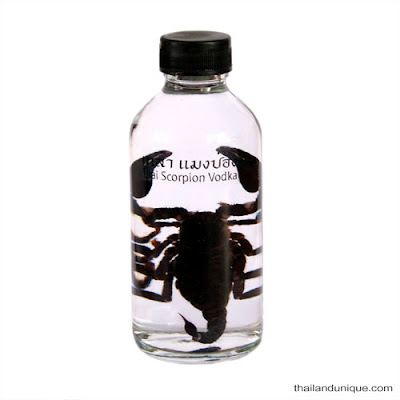Smokomark
Well-Known Member
- Joined
- 30/9/11
- Messages
- 536
- Reaction score
- 93
Me too....or +1 thingy. Tea ball dropped into the keg.
+1 tea ball with 7 or 8 grams in the keg last couple of brews. Awesome

Me too....or +1 thingy. Tea ball dropped into the keg.

I have been dry hopping in the serving keg with pretty good results, heaps better flavour and aroma than I have been able to get from dry hopping in the fermenter.
Nathan.
Me too....or +1 thingy. Tea ball dropped into the keg.
Huh?
3 month primary fermentation?
Yeah it was a 3 month primary ferment. The whole thing was wet hopped with POR.
From what I saw of your hop harvest (in the photos you posted), I wouldn't have called them wet. Wet hops are generally green.
Enter your email address to join: